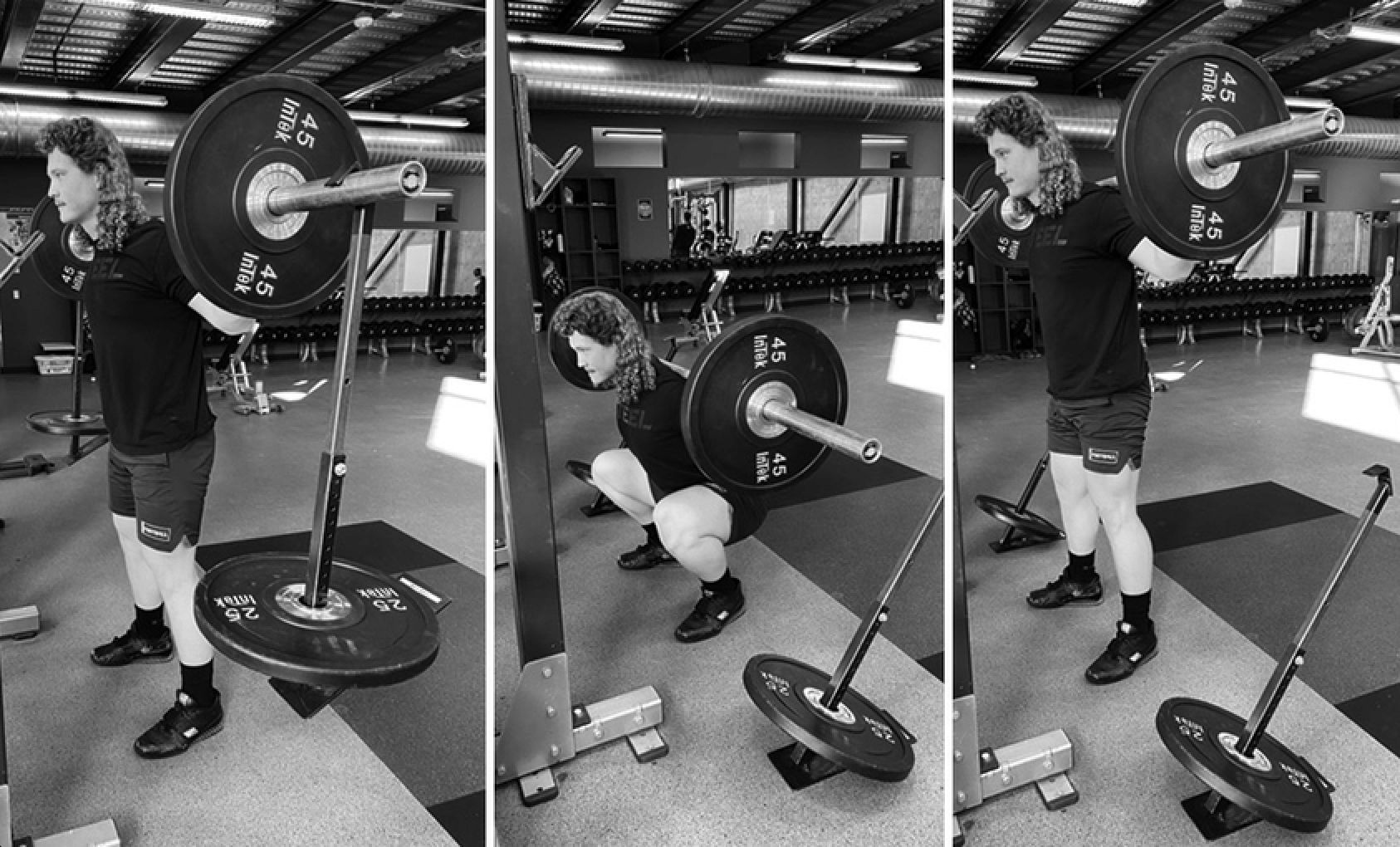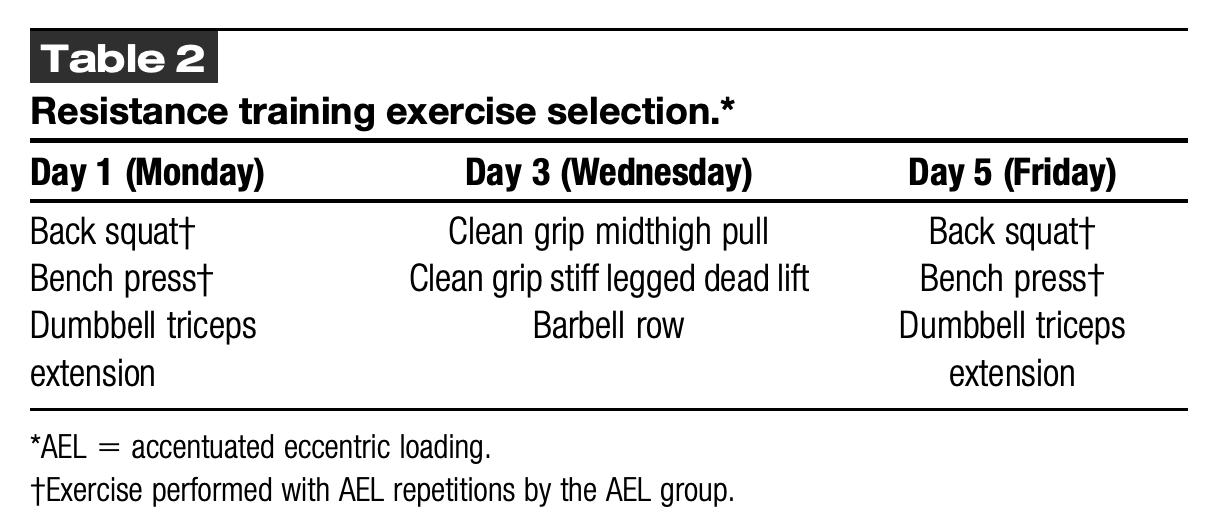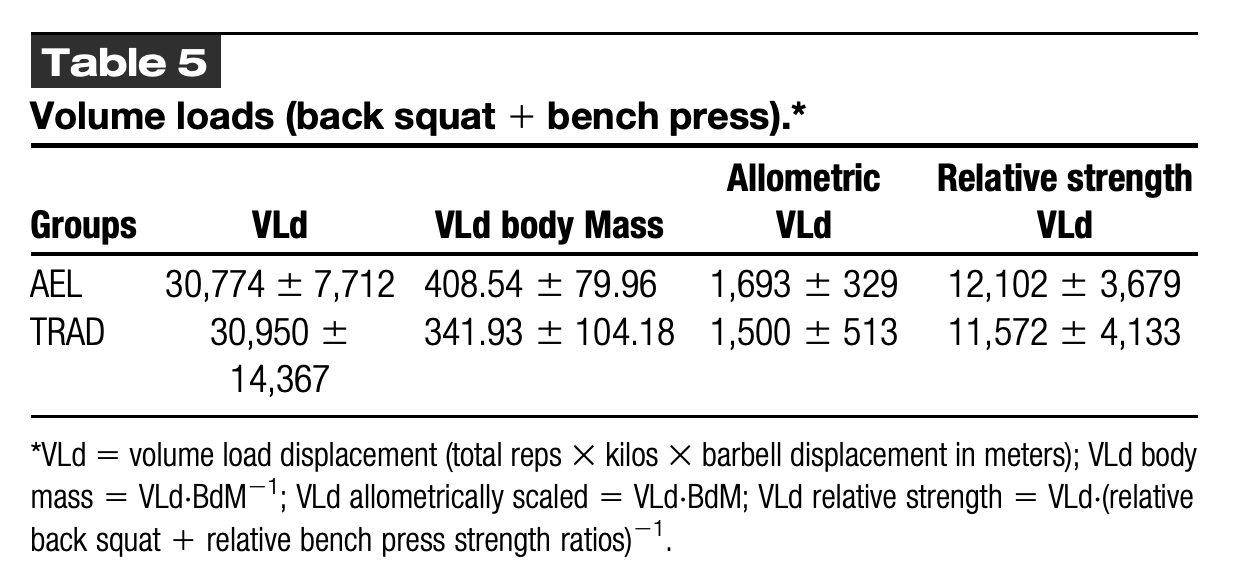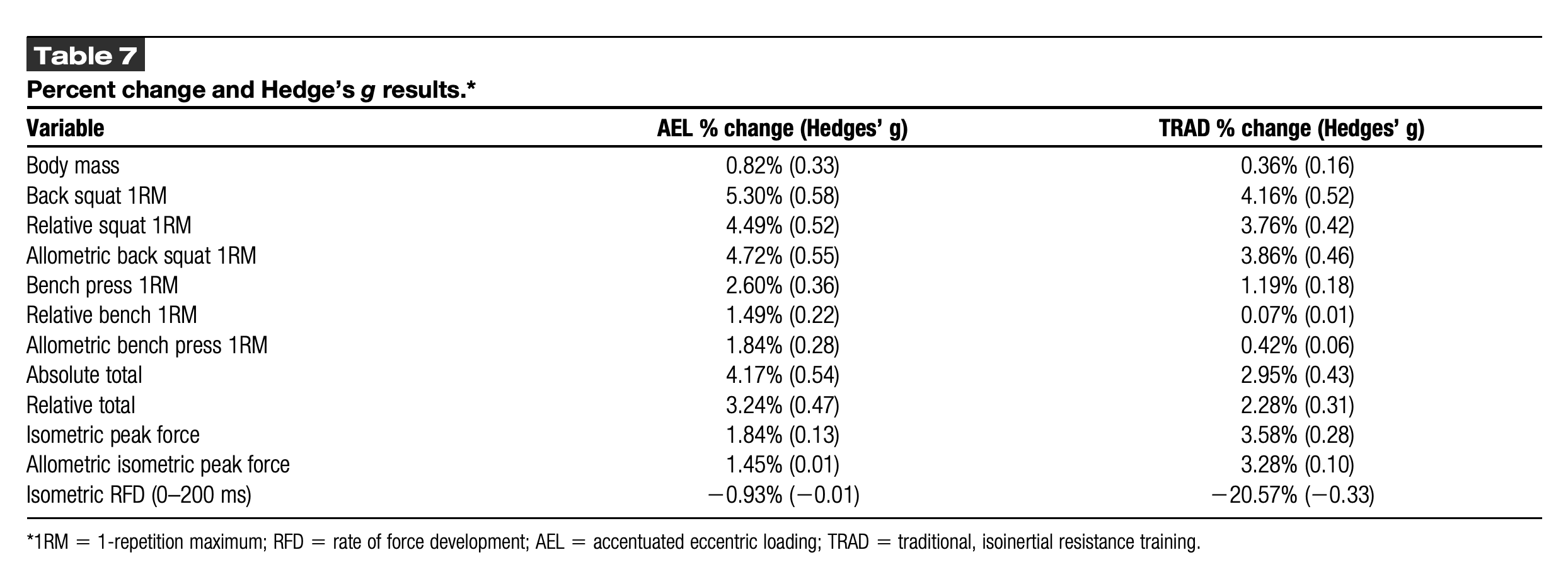Accentuated eccentric loading (AEL) allows athletes to handle supramaximal loads during the lowering phase of lifts.
This study tested if combining AEL with cluster sets (CS) could improve strength and rate of force development (RFD) compared to traditional training (TRAD) during a high-volume strength-endurance block.
Understanding this could help coaches better program during “accumulation” phases, where fatigue and volume are high.
Does combining accentuated eccentric loading with cluster sets lead to greater improvements in strength and rate of force development compared to traditional training?

What Did the Researchers Do?
Study Design
17 recreationally trained adults (11 men, 6 women) were randmoly assigned to:
- AEL group (n=9): Used weight releasers for supramaximal eccentric loading (~110% 1RM) + cluster sets.
- TRAD group (n=8): Performed standard sets with traditional loads.
Training Program
- 4 weeks of training (3 strength sessions + 2 sprint/agility sessions per week).
- Both groups performed squats, bench press, and accessory lifts.

Strength Tests
Pre- and post-tests included:
- Back squat and bench press 1RM.
- Isometric mid-thigh pull (peak force + RFD 0–200 ms).
Volume Load
- Similar overall, but AEL involved higher relative work due to supramaximal eccentric reps.

What Were the Results?
Strength
- Back Squat 1RM: Both groups improved significantly (+5.3% AEL vs. +4.2% TRAD).
- Bench Press 1RM: Slight improvement in both groups (+2.6% AEL vs. +1.2% TRAD).
- Strength Totals (Squat + Bench): Increased in both groups (~+3–4%).
Rate of Force Development (RFD):
- TRAD: Large Decline 20.6%.
- AEL: Maintained, declining only -0.9%
Effect Sizes: Slightly favored AEL, especially for maintaining RFD.

What Does This Mean?
- Both TRAD and AEL produced similar strength gains in a short 4-week block.
- AEL helped preserve RFD, which typically declines in high-volume training.
- This suggests AEL may provide a potentiating effect for later phases focused on strength and power.
Limitations
- Short duration (4 weeks) ⮕ longer blocks may show different outcomes.
- Recreational trainees ⮕ results may differ in elite athletes.
Coach’s Takeaway
- TRAD and AEL both improved squat and bench over 4 weeks.
- AEL preserved RFD, which can set athletes up for greater power gains later.
- While AEL shows promise, logistical hurdles make TRAD more realistic for large groups.
I hope this helps,
Ramsey
Reference
McDowell, K., Long, A., Chae, S., Nelson, A., Goode, N., Lis, R., Mizuguchi, S., Baur, M., Duca, M., Wagle, J.P., Fry, A.C., Daniel, G., & Stone, M.H. (2025). Comparison of Strength Development in Traditional Set-Repetition Configuration Versus Accentuated Eccentric Loading Training Over a 4-Week Strength-Endurance Block. Journal of Strength and Conditioning Research, 39(8), 850–856.




